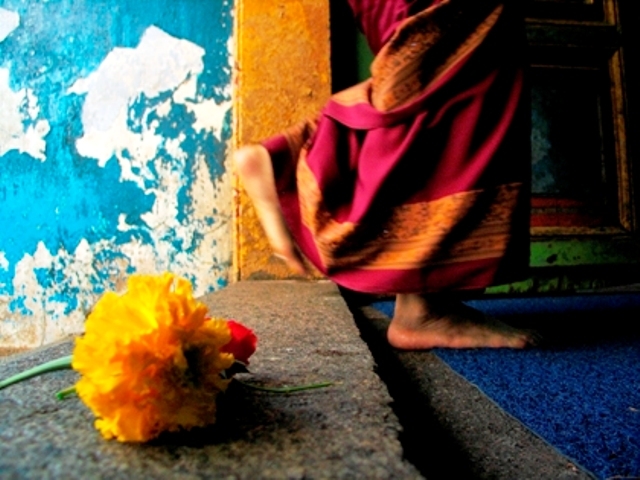What kind of criteria should we follow in order to identify when we have a good, normal or just well taken photograph in front of us? In this blog, I’m trying to create a small debate on the different techniques used in the photograph composition.
Assuming that both the exposition and the focusing are correct and the colors are right once the printing has been done, there are certain elements that photographers often talk about when evaluating a picture: the rules of composition. Depending on the photographer talking on the subject, will present his own approach on the rules to follow. The following are the most relevant:
1.- Identify the focal point: Every picture has (or should have) a focal point. You can answer this by asking the question: “What is the photograph about?” It should be obvious to understand what the picture is about for anyone looking at the picture. This is the first rule of composition and therefore, the most important one.
2.- Filling in the framing: Even though this seems pretty obvious, sometimes we fail to apply it. When we want to tell something with a picture, we need to make sure that most of the space is occupied by this “something”. It is often something we forget when trying to get too many elements in a single photograph. If you doubt on whether something should be included or not in the picture, then go ahead and remove it.
3.- Use the lines: Lines become a very important element in the visual arts. They provide clear forms and shapes. With them, we direct the look of our observer from one point of our photograph to another.
4.- Work with the flow: this represents the motion of the observer’s look from one place to another. The flow creates an optical illusion of motion (or the absence of it, if that is what you aim for).
5.- Play with direction: The direction is similar to the flow as it generates an optical illusion of motion as well. As long as there is something that seems to be in motion in the photograph, it has a direction.
6.- The repeated elements: The repetition of some element (pencils, balloons, for example) provide a sense of relation of different parts of an image. Sometimes, these elements can also provide psychological factors, such as the sense of union and partnership.
7.- The colors always tend to express something: There are two kinds of colors; warm and cold. The red, orange and yellow tones are considered part of the warm colors, while the blue, green and violet are cold colors. There are a number of psychological elements related to colors. Colors play a significant role in the composition.
8.- The interest of the groups of three: There is a special perception of the odd number in photography, and specially for the groups of three elements. An element by itself can be interpreted as loneliness. Two elements can result in too well-balanced. Four elements turn out to be too many to organize. In photography, the groups of three usually work very nicely as a point of interest.
9.- The negative space: Negative Spaces are understood as those great big empty spaces, typically in black or white, contained in the photograph. The distance from the central element of the image, filling the rest of the picture with an empty space can project additional information of loneliness or tranquility in the image.
10.- The curves in “S” shape: The “S” is an element that is rather recurrent in photography. It is closely associated with sensuality. They also transmit movement and help direct the look. The roads, a path, the course of a river, etcetera, are all very strong visual elements that awake the interest in the photograph.
Therefore, all personal appreciations about the composition are always subjective, so whenever I’m asked “Is this a good photograph?”, usually my response is: it all depends who is looking at it.
To see more interesting blogs, click here.
Jorge Chávez is Social Marketer in Mijo! Brands in Mexico. You may follow him @jorgemijobrands

